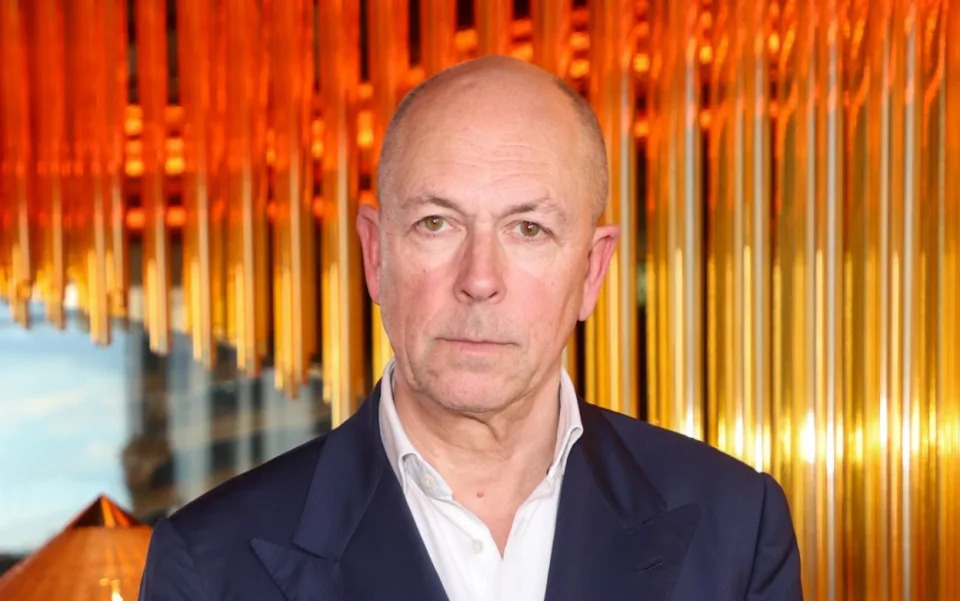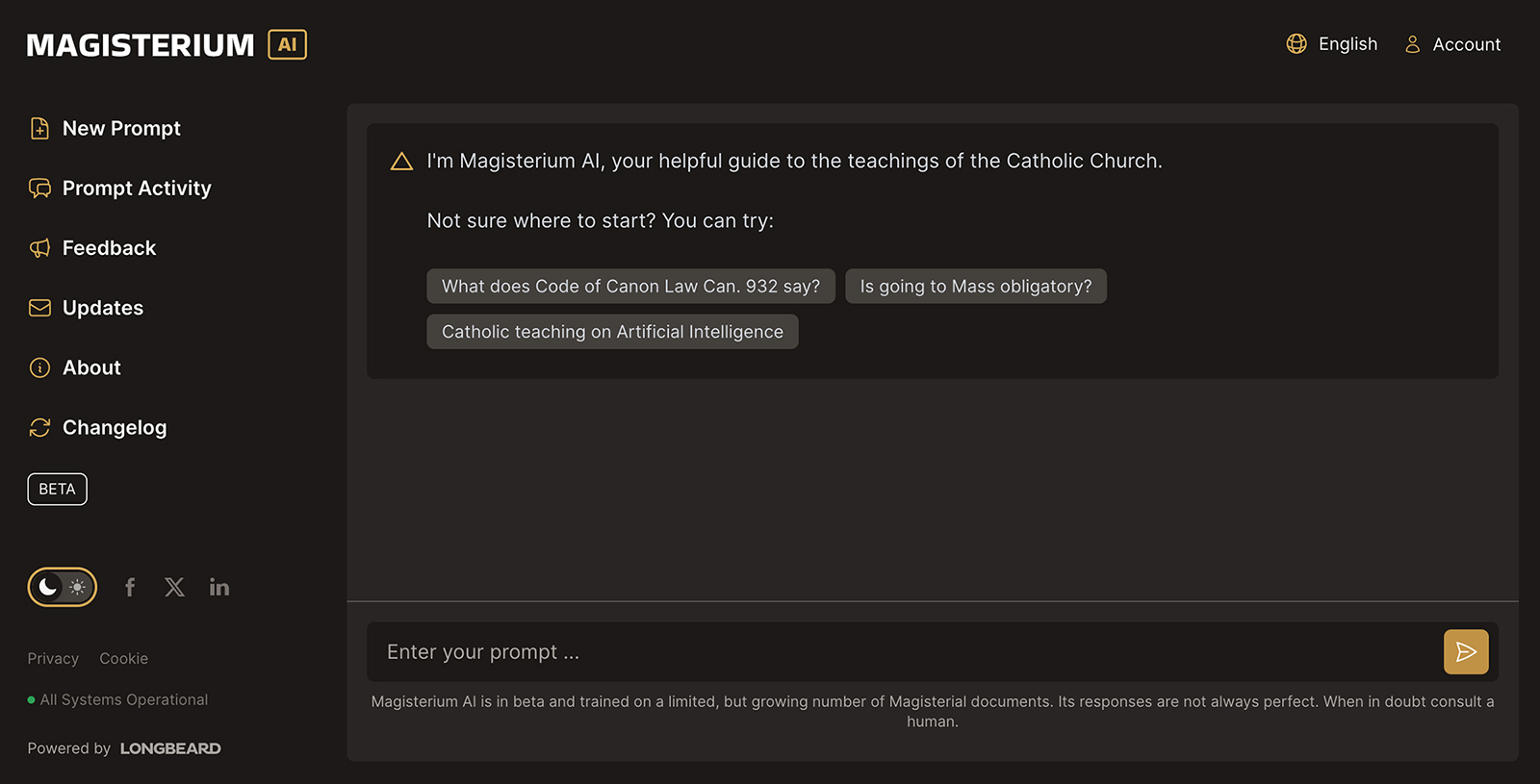Soaps Give Working Class Actors a Chance – And They’re Disappearing
It's Benedict Cumberbatch or bust.
by Polly Smythe
31 May 2024

Queen Elizabeth II visits the set of BBC soap Eastenders with actor Barbara Windsor, November 2001. Fiona Hanson/Reuters
The 2022 Oscars proved unlucky for England’s actors. Its four nominees – Andrew Garfield, Benedict Cumberbatch, Olivia Colman, and Judi Dench – failed to win. Two days after the awards ceremony and to much less fanfare, BBC’s Holby City aired its final episode after 23 years.
The fictional town of Wyvern might seem a long way from the ritzy glamour of Hollywood. But the death of the British soap opera and the fact that all four Oscar nominees were privately educated are part of the same story.
New research from the Creative Industries Policy and Evidence Centre has found that across film, TV, and radio, just over 8% of creatives are from working-class backgrounds. That figure is the lowest in a decade. Earlier this year, an analysis by the Labour party found that almost half of British award nominees in the last decade were privately educated.
Soaps have historically been an exception to this elitism. Emerging from the public service ethos of the BBC and ITV, alongside broadcasting’s turn towards social realism in the 1960s, they have employed working-class people on both sides of the camera to create and portray the lives of working-class characters.
In a memorandum to Granada executives, Coronation Street creator Tony Warren wrote in 1960 that the show’s purpose was to explore “the driving forces behind life in a working-class street in the north of England”. For Phillip Ralph, a screenwriter who has worked on the BBC’s Doctors for 19 years, “Soaps are one of the last bastions of drama storytelling focusing on working-class life.” But now, they are collapsing in slow motion.
18 months after the BBC axed Holby City, it cancelled Doctors. In March, Channel 4 announced Hollyoaks is moving from five episodes a week to three. Collecting a Bafta for best soap last week, the Casualty cast found itself fielding questions about the show’s future.
The bursting of the soap bubble has largely been framed as a cultural phenomenon, with the shows’ decline understood as indicative of their inability to keep pace with changes in viewing habits in a streaming world, comeuppance for their sensationalist plotlines, or part of a natural progression to the soap graveyard, joining Brookside and The Bill.
Culture is contracting at all levels except the very top. Whether the result of local authority cuts killing regional theatre, the trimming of Arts Council England’s budget, or an attack on funding in the school classroom, opportunities in the arts have become fewer, in turn privileging those with access to the “right” networks, or those who don’t need the money.
In television, that contraction results in part from increased commercial pressure on television, coupled with an attack on the BBC licence fee. That’s left executives asking “Can we sell this show internationally? Can we get the biggest names? Can we get the high-end production values?” Ralph told Novara Media. “Making a hit for as little money as you possibly can: that’s what matters now, not telling stories about the country we live in.”
Soaps offer “opportunity and experience,” said Ralph. Continuing dramas are labour-intensive operations – Doctors employs up to 600 guest actors and a writing team of 60 – and have given numerous writers, actors, directors, and technicians that crucial first credit and chance to cut their teeth.
Those opportunities aren’t limited to younger actors. The camp matriarchs – Dot Cotton, Pat Butcher, Peggy Mitchell, Kat Slater - that are stock-in-trade for soaps are played by older actresses.
Annie Wallace was 50 when she was cast in her first regular television gig as Hollyoaks’ Sally St Claire back in 2015, making her the first transgender actress to play a regular transgender role in a soap. Wallace’s involvement with the industry began three decades ago, working as a research assistant on Coronation Street’s introduction of Hayley Cropper, the first transgender character in a UK soap.
“If people who already have money are the only ones getting arts jobs, then it becomes a vocation rather than a career,” said Wallace. “We’re getting a gradual elimination of raw working-class talent.”
“The arts are criminally underfunded. This is a tipping point. Is it only for kids with rich parents, or parents willing to shoulder debts? We are seeing less and less working-class people across the industry, as writers, directors, or actors. We’re seeing posh kids play poor kids.”
“You can’t become Russell T Davies or Sally Wainwright overnight,” said Ralph. “The majority of people need to learn the craft by doing it day in and day out. When there isn’t work to do, how do you learn?”
Lynda Rooke’s soap career has had it all: landlady of the Dog in the Pond, girlfriend of a murderer, a prison stint for perverting the course of justice. Now president of the performing arts trade union Equity, Rooke told Novara Media that when she began acting in the 1970s, “television was just people talking with plum received pronunciation.”
Before soaps, regional accents were scarcely heard on television, she added. “In the 1980s and 90s, lots of nostalgic historical films were being made, the Merchant and Ivory kind of thing. The posh actors were employed in those,” she said. “Most of my mates were playing as servants.”
The daughter of a nurse and a school dinner lady, Rooke “had no contacts, no network” when she began acting. “If you’re not coming from somewhere where you know X, Y, and Z person in the industry, then soaps are the space to consolidate your craft. Being on set week in, week out, learning lines and maintaining a discipline gives you a grounding in the industry.”
“But it’s not just a question of getting into the industry,” Rooke said. “It’s surviving and staying in the industry.” Soaps provide stable employment in a notoriously unstable industry and one of the few steady careers in the arts.
And while London continues to hoard arts and culture jobs, soaps come from all over the country: Casualty and Pobol y Cwm in Cardiff, Hollyoaks in Liverpool, Emmerdale in Leeds, River City in Dumbarton, and Coronation Street in Salford.
Filmed in Birmingham, Doctors has been a vital part of the Midlands’ cultural sector. In September – just a month before the BBC announced its decision to axe the soap – Birmingham council declared itself bankrupt. Desperately looking to balance the books, the council plans to scrap all funding to local arts organisations, including the Birmingham Rep Theatre and the City of Birmingham Symphony Orchestra, by 2025.
Opportunities for working-class professionals are rapidly evaporating. “There is no longer a career ladder,” said Ralph. “There is no way to go from being a newbie to being somebody who’s experienced. What you have is either extraordinary good fortune, or nothing.”
Polly Smythe is Novara Media’s labour movement correspondent.



 PA Media
PA Media

























